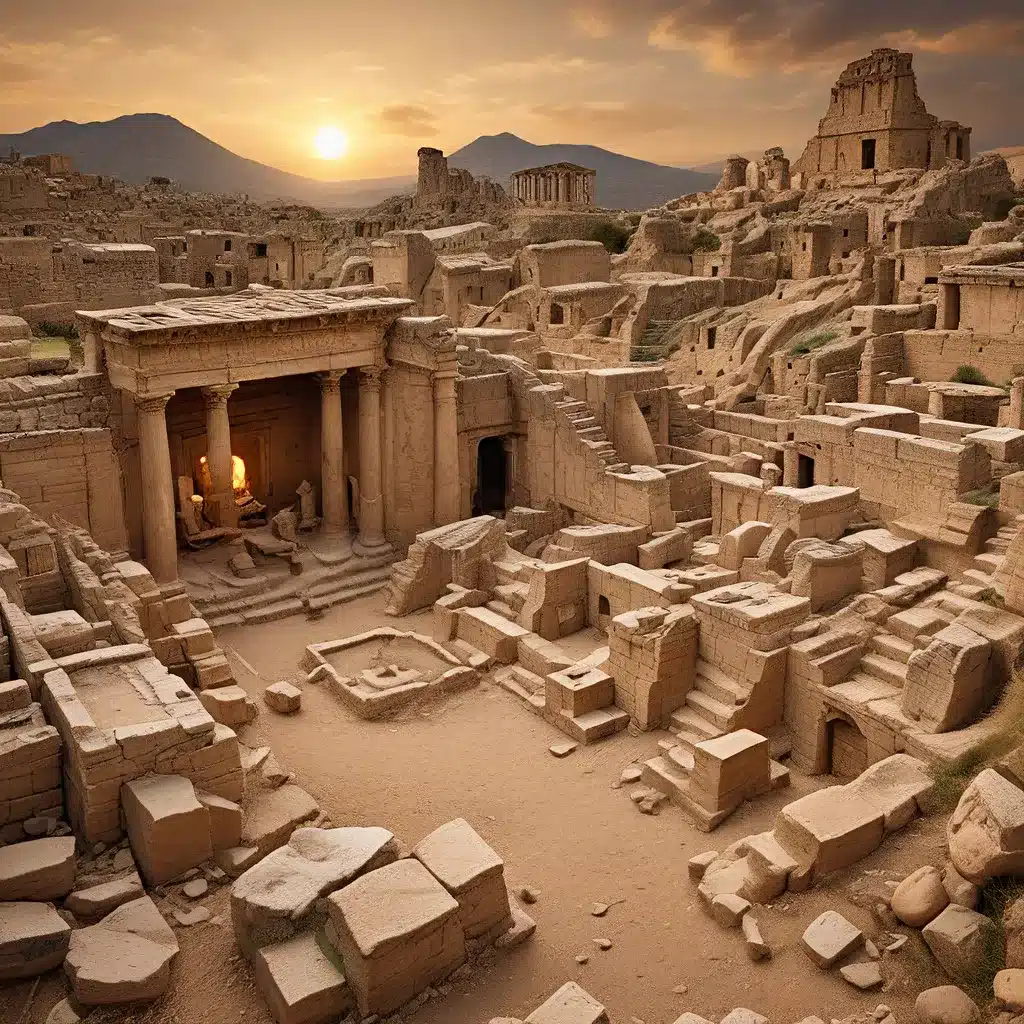
Unveiling the Secrets of Ancient Civilizations
The study of archaeology has long been a captivating pursuit, offering a window into the lives and cultures of bygone eras. From the monumental pyramids of Egypt to the enigmatic Nazca lines of Peru, each new discovery sheds light on the rich tapestry of human history. In this article, we will delve into some of the most significant archaeological finds and the insights they have provided into the mysteries of antiquity.
The Enigmatic Cultures of the Ancient World
One of the most intriguing aspects of archaeology is the opportunity to explore the complex and diverse cultures that thrived in the distant past. The Mystery Cults of the Ancient World, for instance, have long captivated scholars and enthusiasts alike. These secretive religious movements, such as the Eleusinian Mysteries and the Cult of Dionysus, held a profound influence on the societies in which they operated, yet their rituals and beliefs remain shrouded in mystery.
Recent archaeological excavations have uncovered new insights into these enigmatic cults, shedding light on their practices and the role they played in shaping ancient Greek and Roman civilizations. By exploring the material remains and symbolic artifacts associated with these cults, researchers have been able to piece together a more nuanced understanding of their significance and impact on the ancient world.
Moreover, the study of these ancient cultures has revealed the remarkable diversity and complexity of human societies throughout history. The vast array of religious, social, and political structures that have emerged across the globe over the millennia is a testament to the ingenuity and adaptability of our species.
Unearthing Dinosaur Fossils: Unlocking the Secrets of the Past
While the study of ancient cultures is undoubtedly captivating, the discovery of dinosaur fossils has long been a primary focus of archaeological and paleontological research. Over the past century, countless remarkable dinosaur fossils have been unearthed, providing invaluable insights into the prehistoric world and the evolutionary history of life on Earth.
Through the careful excavation and analysis of these fossilized remains, scientists have been able to reconstruct the physical characteristics, behaviors, and environmental adaptations of a wide range of dinosaur species. From the towering, ferocious Tyrannosaurus rex to the gentle, plant-eating Brontosaurus, each discovery has helped to expand our understanding of these remarkable creatures and the ancient ecosystems in which they thrived.
Moreover, the study of dinosaur fossils has also led to the development of new scientific techniques and theories, such as the K-T extinction event and the theory of continental drift. These groundbreaking discoveries have not only shed light on the past but have also transformed our understanding of the present and the future.
Bridging the Gap: Integrating Archaeological and Historical Perspectives
While archaeological discoveries have been instrumental in expanding our knowledge of the past, it is important to recognize that they are often interpreted through the lens of historical context and cultural biases. Scholars have long debated the merits of various interpretive approaches, seeking to reconcile the material evidence with the written records and cultural narratives that have been passed down through generations.
One of the key challenges in this endeavor is the inherent limitations of the archaeological record, which can be incomplete, fragmented, or subject to misinterpretation. This is where the integration of historical perspectives becomes crucial, as it allows researchers to contextualize their findings and develop a more nuanced understanding of the past.
By drawing upon a range of sources, including textual records, oral histories, and comparative cultural analyses, archaeologists can better situate their discoveries within the broader tapestry of human history. This interdisciplinary approach not only enhances the accuracy of their interpretations but also fosters a more comprehensive understanding of the complex and multifaceted nature of ancient civilizations.
Embracing the Mysteries of the Past
As we continue to uncover the secrets of the past through archaeological exploration, it is important to recognize that the journey of discovery is never truly complete. Each new find, each reinterpretation of existing evidence, and each innovative theory, contributes to a constantly evolving understanding of our shared human heritage.
Whether it is the intricate rituals of ancient mystery cults, the awe-inspiring fossils of prehistoric creatures, or the integration of historical and archaeological perspectives, the study of antiquity remains a captivating and humbling pursuit. It invites us to embrace the mysteries of the past, to cultivate a spirit of wonder and curiosity, and to continuously expand the boundaries of our knowledge.
In the end, the true value of archaeological exploration lies not only in the specific discoveries themselves but in the deeper insights they provide into the human experience – the resilience, the creativity, and the enduring drive to understand our place in the grand tapestry of history.


